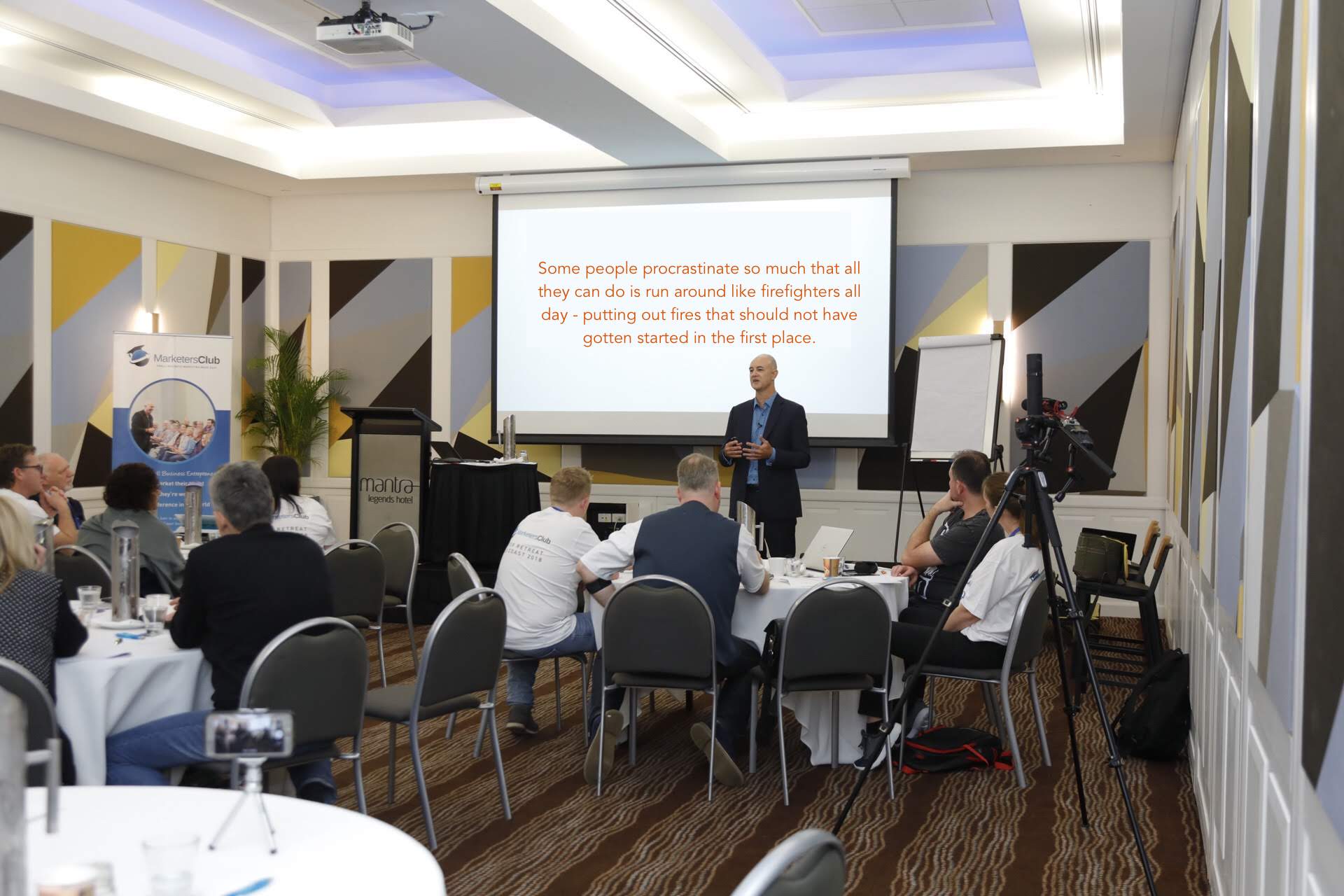In today’s fast-paced world, leadership skills are crucial to success in any field. Just as firefighting methods have evolved over the years, so too must our approach to leadership. In this episode of “Leadership in the Line of Fire,” we dive deep into how leaders in the firefighting community, as well as in business settings, can keep their teams well-equipped, adaptable, and prepared for ever-changing challenges.
Continuing Education and Training
One key aspect of effective leadership is the willingness to engage in continuous learning and training. In a world that is constantly evolving, leaders need to stay updated with the latest techniques, technologies, and strategies to ensure safety and maximize team effectiveness. Learning never stops. Every day, there is something new to learn, and it’s important to embrace this mindset throughout your life. There is a wealth of content available online, from articles and videos to books and courses, that can contribute to your personal and professional growth.
Keeping an open mind and continuously seeking new knowledge will keep you one step ahead of the curve. Training is a vital investment in your team’s success and safety. It builds proficiency and fosters adaptability. As leaders, we should strive for our teams to operate on autopilot, where necessary skills are performed automatically, allowing our minds to focus on other critical aspects of the mission.
A well-trained team can respond swiftly and fluidly to any situation, mitigating risks and achieving optimal outcomes. Working with diverse teams enhances problem-solving capabilities, as individuals bring unique perspectives and skills to the table. In the firefighting community, volunteer firefighters hail from various backgrounds, ranging from surgeons to tradesmen and retail assistants.
Embracing this diversity and encouraging a culture of continuous learning enables leaders to tap into a range of expertise, promoting innovative solutions. Leaders who take an active role in training sessions gain valuable insight into their own strengths and weaknesses. Running a training session provides an opportunity to identify areas where steps have been skipped, allowing for course correction and improvement.
A good leader should not solely rely on others to conduct training; rather, they should actively participate and take responsibility for enhancing their own skills and knowledge.
Adapting to New Technologies and Methods
Just as firefighting techniques have evolved, so too have technologies and methodologies in the business world. Leaders must integrate new tools, approaches, and technologies into their existing systems to maintain a competitive edge. Technology has significantly enhanced our ability to make informed decisions. Access to information has become instantaneous, empowering leaders to make better choices. Additionally, technology can supplement personal skills, simplifying tasks and improving efficiency. For instance, in the firefighting community, tools like fire mapping software and digital tracking systems provide real-time information and support decision-making processes.
In the business world, internet connectivity has revolutionized decision-making. Leaders can collaborate with team members located anywhere globally, enabling timely access to crucial information and prompt decision-making. However, it is crucial to exercise caution when adopting new technologies and methodologies. Not all ideas, frameworks, or tools are proven or reliable. Before implementing any new ideas, leaders should ensure they are thoroughly tested, quality-assured, and aligned with their organisational mission.
Training on new technologies should not be overlooked. Simply introducing new software without providing ample time for team members to learn, test, and integrate it into their routines can be counterproductive. Dedicated periods devoted to exploring new technologies, experimenting with practical exercises, and assessing their suitability for achieving the mission are essential. As a leader, it is important to ensure that new tools seamlessly fit into existing routines, enhancing productivity rather than burdening the team.
In today’s rapidly changing world, successful leaders in the firefighting community and the business sector must embrace continuous learning and training, as well as adapt to emerging technologies and methodologies. These pursuits are pivotal for maintaining a competitive edge and ensuring the safety and effectiveness of teams. By continually learning and staying readily updated with the latest developments, leaders can stay ahead of the curve and provide guidance in rapidly evolving circumstances.
Furthermore, leaders who actively participate in training sessions and value the diverse expertise of their teams foster a culture of continuous improvement, problem-solving, and innovation. Adapting to new technologies and methodologies empowers leaders to make informed decisions and leverage the efficiencies offered by technology. However, it is crucial to exercise discernment and thoroughly evaluate new tools before implementation.
In summary, effective leadership requires a commitment to continuous learning, a willingness to adapt to emerging technologies, and an openness to diverse perspectives. By embracing these principles, leaders can navigate change with confidence, maintain operational effectiveness, and drive long-term success for their teams and organisations. Remember, in the realm of leadership, there is no finish line. It is a continuous journey of growth, adaptability, and perseverance.


